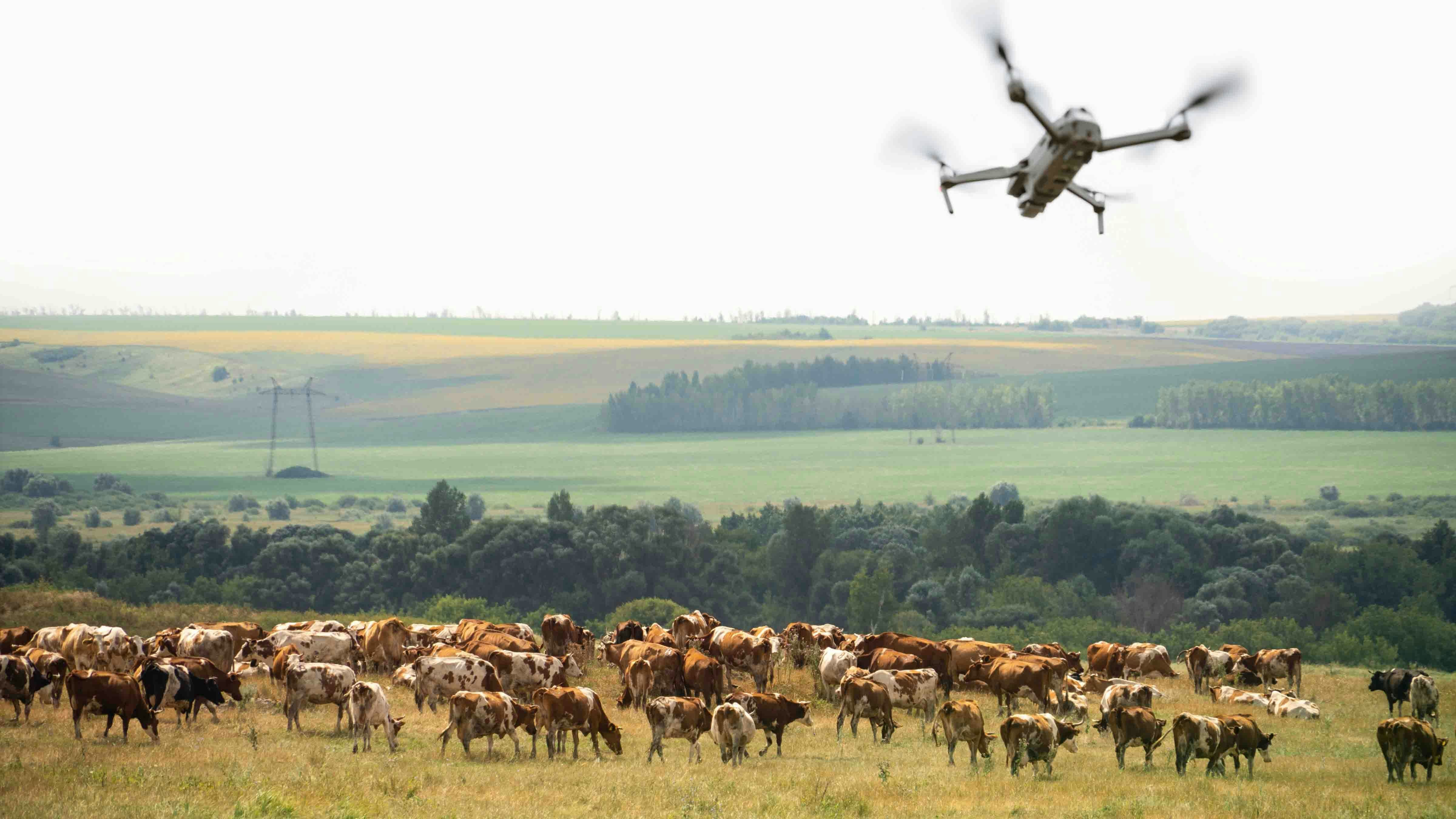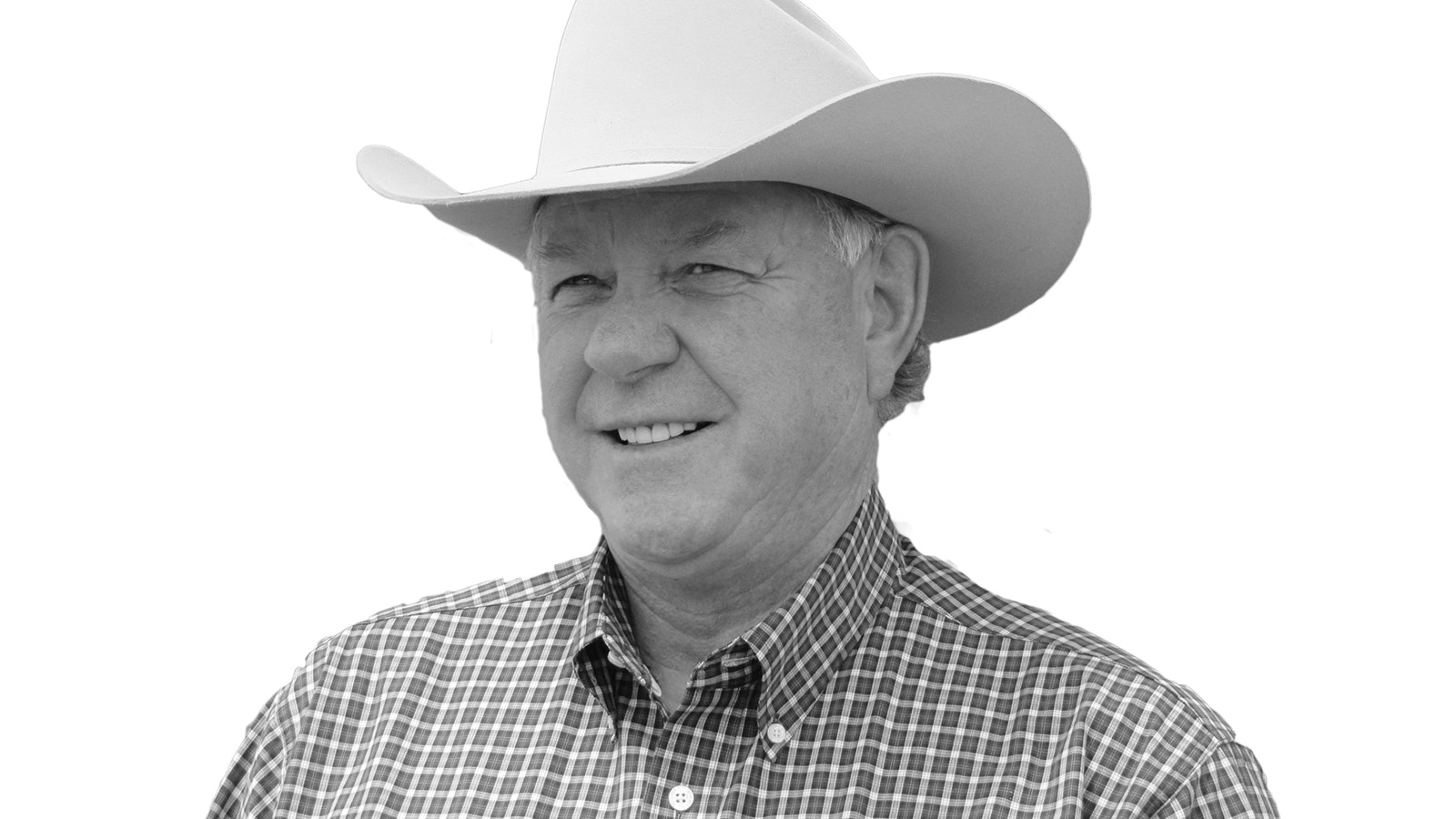In travels across Oregon last summer, I was able to participate in a field visit where I learned about how federal animal damage control specialists are using drones to haze wolves away from cattle. The drones are equipped with bright flashing lights and a speaker system, allowing the drone pilot to either sound loud sirens or yell at the wolves – additions that proved critical to their effectiveness.
The first time the drone pilot sent a drone after a wolf, the wolf dropped into a play bow, ready to play with the new flying toy. But when the drone was outfitted with a speaker, the same wolf switched from its play behavior to turning and running away in response to the pilot’s yelling for the wolf to “go away” through the drone speakers.
The team from USDA Wildlife Services in Oregon is breaking new ground in research testing the use of drones to deter predators from livestock. In addition to the speakers and lights, the drones use thermal imaging to find wolves in the timbered edges of the cattle pasture.
While the high-tech drones being used in Oregon wouldn’t be feasible in most situations, researchers hope to develop machine-learning algorithms that can differentiate between various species of wild and domestic animals.
The drones could be equipped with a communications system to automatically send out messages when a certain species (like wolves) is detected. Drones can conduct automated flights using programmed waypoints, so they could eventually provide routine surveillance for predator presence on a parcel of land.
Looking at the ways that drones are currently being used, I’m intrigued by their future potential. Drones are currently used to count congregating wildlife populations, monitor raptor nests, and for assessing damage to crops by wild animals.
Researchers in California have developed a CO2-powered dart-launcher system for a drone that allows for remote delivery of vaccines, anesthetics, and immuno-contraceptives. They are also working on a drone-mounted net launcher that would allow wildlife officials to capture smaller animals that cannot be approached close enough on foot for a throw net.
Emergency response teams are using drones to search for large carnivores near sites of human attacks or fatalities. The Wyoming Game & Fish Department used drones repeatedly last winter to haze elk away from cattle feed lines and toward elk feedgrounds at several locations in the Pinedale region.
WG&F deployed a drone on 10 occasions last winter to redistribute elk, and also used a drone equipped with a high-resolution camera to classify elk presence on one of its elk feedgrounds, counting more than 1,000 elk without disturbing them while demonstrating that drones are an efficient and accurate method for elk counting.
In a separate effort, a small group of elk were hazed from a private cattle operation onto an elk feedground using a combination of snowmobiles and an aerial drone. When the agency needed to
For livestock producers in the West, I can imagine using drones to move livestock, get a quick count on the numbers of stock in an area, check for animals giving birth away from the herd, and check on the herd’s overall health.
In response to livestock depredations by large carnivores, producers could look for injured stock, search for predator presence nearby, locate additional depredation sites, and use a drone help to gather animals that had scattered from the flock or herd.
Currently, flight time remains the biggest constraint for drone operations, and the more attachments or weight that a drone has, the faster the battery drains. Drone use is also somewhat limited by weather conditions (moisture and wind).
There are legal restrictions on the use of drones that vary according to the type of use and the size of the drone.
Drones cannot be operated from a moving vehicle, must remain in visual line-of-sight, and can only be flown in daylight, unless a waiver is granted by the Federal Aviation Administration. Using a drone for scouting wildlife for hunting is illegal in Wyoming.
Cat Urbigkit is an author and rancher who lives on the range in Sublette County, Wyoming. Her column, Range Writing, appears weekly in Cowboy State Daily.





